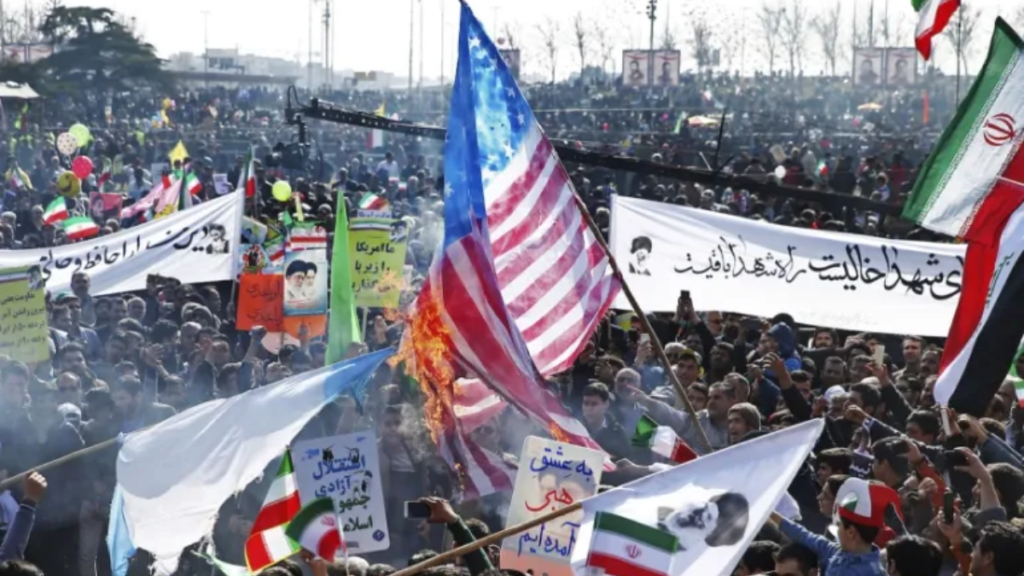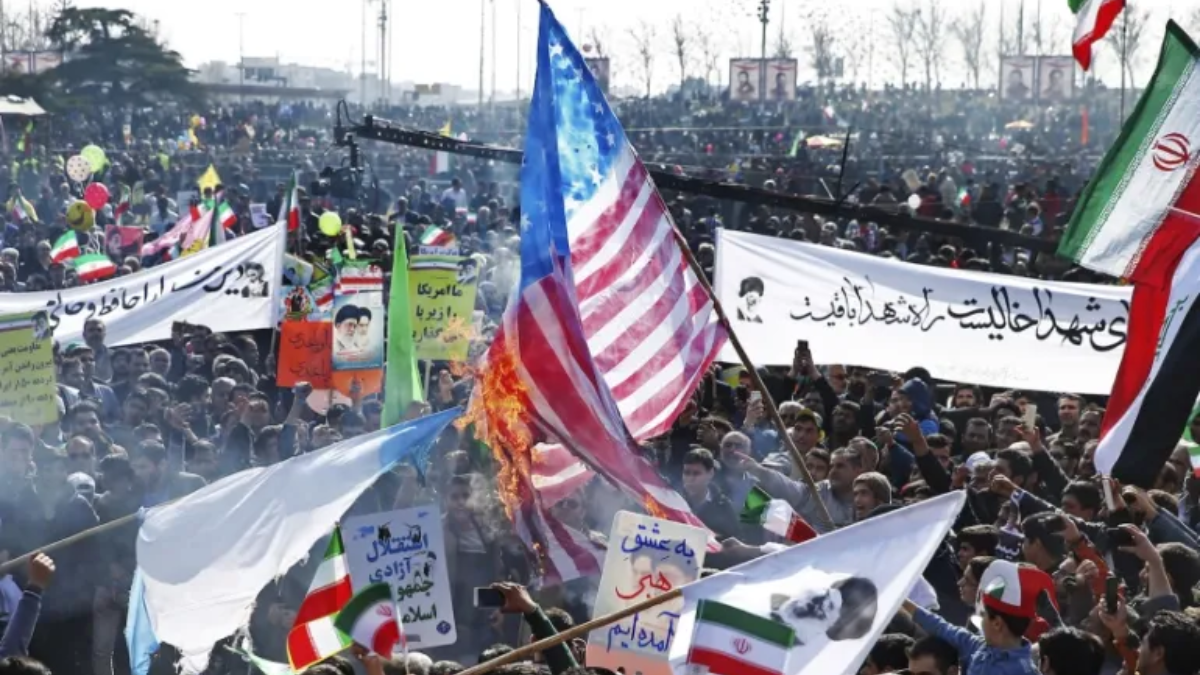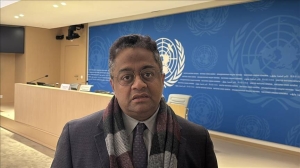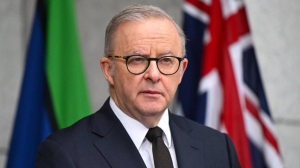The Islamic Republic of Iran has been confronted by one of the most critical phases in recent times, with the internal unrest and external pressure against it challenging its ruling elite. Regional losses coupled with economic mayhem and dissatisfaction among its populace have brought Iran to a situation where it can be seen questioning the regime’s stability and trajectory.
Regional Proxy Network in Crisis
For decades, Iran has relied on a vast network of proxy forces to exert influence across the Middle East, forming what it calls the “Axis of Resistance.” But recent events have significantly undermined this strategic pillar.
Hamas and Hezbollah Weakend: The long-term Israeli military campaign has severely damaged both Hamas in Gaza and Hezbollah in Lebanon, Iran’s two main allies. It has weakened their ability to pose as effective deterrents against Israel by targeting key commanders and destruction of key infrastructure.
Syria’s Assad Ousted: The sudden implosion of Bashar al-Assad’s government in Syria was a major blow to the geopolitical strategy Tehran had been following. Assad was, at one and the same time, Tehran’s closest regional ally as well as its life line to key delivery to Hezbollah. Now that Assad is gone, Iran’s presence in Syria is greatly diminished. The billions upon billions spent propping up the regime are futile.
Houthi Setbacks in Yemen: Even as Iran-backed Houthi rebels continue to disrupt shipping in the Red Sea, Israeli and U.S. strikes have started targeting their operations directly. Once an effective tool for Iranian regional ambitions, the Houthis are now facing increasing military resistance that limits their ability to exert power beyond Yemen.
Economic Freefall and Public Discontent
Internally, Iran’s economic woes are mounting, fueling widespread unrest and disillusionment among its citizens.
This means inflation is around 30% and the rial value has fallen so low that people cannot even afford basic necessities. A combination of U.S. sanctions and government mismanagement has left little room for economic recovery.
Energy Crisis in an Energy-Rich Country: With the world’s second-largest natural gas reserves, Iran has failed to meet the needs of its domestic market, and power cuts and school closures are commonplace. For decades, corruption, underinvestment, and poor management of energy infrastructure have led to reliance on inefficient oil-burning plants that have produced massive pollution in cities.
Renewed Social Unrest: The regime’s renewed efforts to reimpose strict hijab laws and censor public dissent have reignited the revolutionary spirit of the 2022-2023 “Woman, Life, Freedom” protests. The security apparatus remains on high alert as protests continue to erupt in various parts of the country, signaling deep-seated frustration among the populace.

Leadership Uncertainty and Succession Crisis
The biggest question about Iran’s future is who will take over from the current Supreme Leader Ayatollah Ali Khamenei, who is now 85 and reportedly in poor health. The transition will mark only the second leadership change in the Islamic Republic’s 45-year history.
Masoud Pezeshkian’s Limited Impact: Masoud Pezeshkian was Iran’s new President. Recently elected, his election raised much hope in him as a reformist candidate, but he faces significant limits due to the might of the establishment, headed by Parliament Speaker Mohammad-Bagher Ghalibaf and the Revolutionary Guard Corps hardliners.
Power Struggles in the Institution Various segments within the institution—clerical elites, military factions, and security forces—have become part of power plays. Revolutionary Guard Corps is very central in succession planning and is seen to make things even more draconian for any possible succession leadership.
The Dangers of Spillover in the Region
While Iran is weakened, it remains a dangerous player on the world stage. Its vast missile and drone arsenal ensures that it can still retaliate if provoked. With Donald Trump back in the White House, U.S. policy toward Iran may shift toward a “maximum pressure” strategy, increasing the likelihood of confrontations.
Some analysts argue that Iran’s fragility is an opportunity for external forces to nudge the regime toward collapse. However, a cornered Iran is a very dangerous Iran. Barring one, Tehran may push the envelope with military provocations, cyber war, or nuclear steps, dragging the neighborhood and potentially the world into a larger conflict.
Iran’s regime is confronted with its greatest existential threats in decades. Its regional hegemony is crumbling, its economy is in freefall, and the opposition at home is growing stronger. While the Islamic Republic has survived previous crises, the coming together of these factors makes the current situation especially volatile. Whether the ruling elite can navigate these challenges or if Iran is headed for deeper instability remains one of the most pressing geopolitical questions of our time.
Disclaimer:
The content on this platform, including articles and images, is sourced from various reputable news websites, publications, and publicly available information across the internet. We do not create these stories, Content, Articles or images independently, nor do we claim ownership of the original material. All content is provided for educational and informational purposes only, aiming to offer a broader understanding of global events. We are not responsible for the accuracy, reliability, or validity of the information or images. Any reliance on this content is at the user’s discretion. E-mail us to delete or remove any article, image or content.




